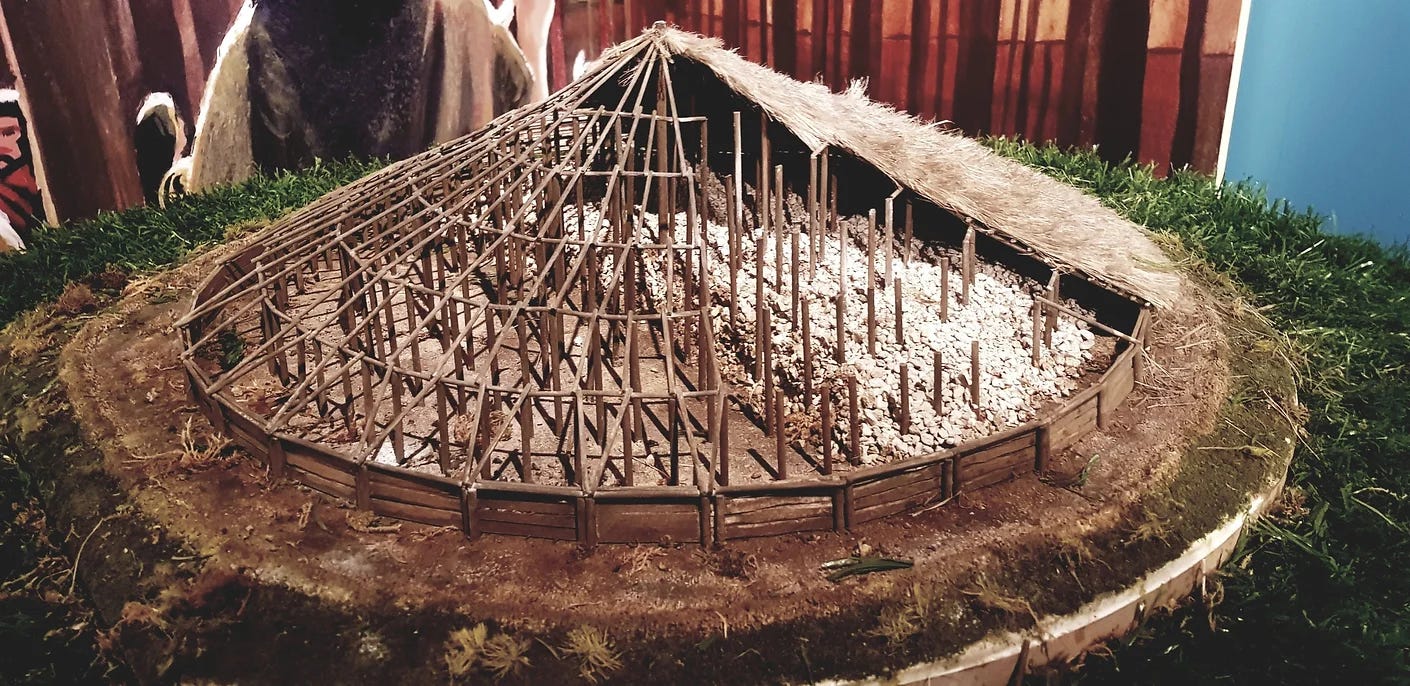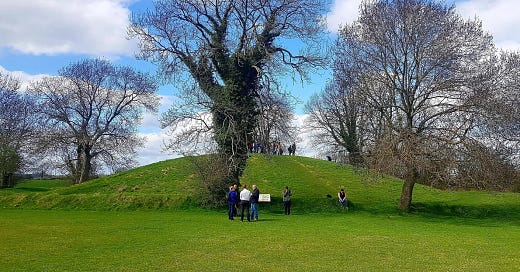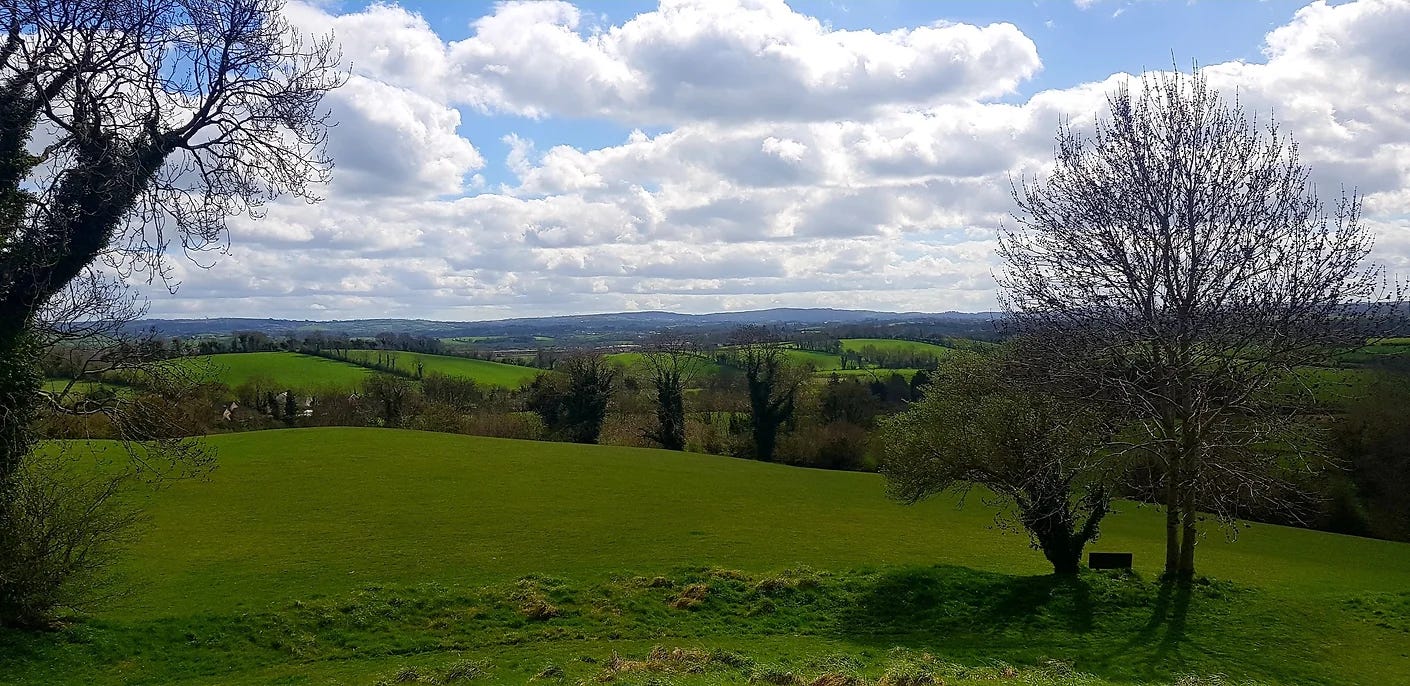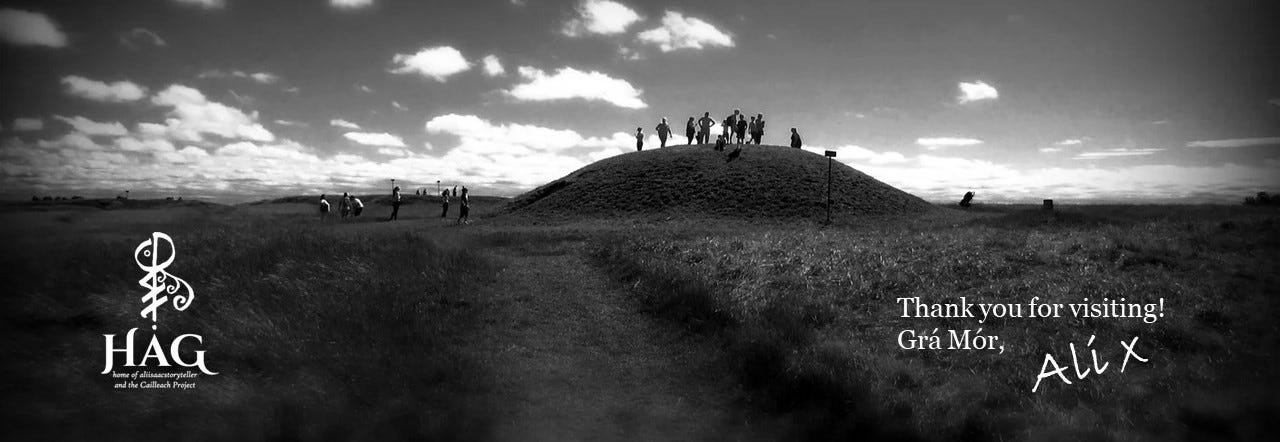The Hill of Tara gets all the glory and the visitors, but much as I love it, I think this is a bit of a shame. There is as much a wealth of heritage, in terms of archaeology, history, and mythology at our other provincial ritual sites as there is at Tara, and they are well worth exploring.
The early literature of Ireland has identified a number of ‘Royal Sites’: Tara, in Co. Meath as the seat of Ireland’s high kings; Dún Ailinne in Co. Kildare, which is associated with the kings of Leinster; Cruachain, Co. Roscommon, as the fort of Queen Medb, and Emain Macha, said to be the palace of King Conchobar of Ulster.
These sites are all depicted in the literature as the royal residences of pre-historic provincial rulers. What the medieval writers saw in the landscape was pretty much the same as what we see there today, and they would have noted that these sites all share similar characteristics. What else could these lumps and bumps mapped out so clearly in the earth be but the remains of the palaces of mighty pagan kings?
It wasn’t difficult, then, for scribes to connect the legends and local folklore of heroes and kings and battles which they must have heard being told of an evening around the fireplaces by Gaelic storytellers, with these features in the landscape. Of course, we have no evidence of this, other than the knowledge that non-literate cultures usually pass on their wisdom and history via the oral tradition of storytelling and song.
What we do know is that medieval scribes created (or revised) these stories to suit their own political, social and religious agendas and concerns at the time they were writing, so that often, these stories reflect what was really going on in medieval society, rather than the Iron Age which they claim to portray.
According to legend, Emain Macha was the court of King Conchobar mac Nessa. The Ulster Cycle of myth tales tells us that Nessa the ‘un-Gentle’ married Fergus and tricked him out of the throne in favour of her son, Conchobar. Fergus then sought exile in Connacht with Queen Medb, and became her lover. Queen Medb went to war with Ulster over the Brown Bull of Cuilnge, and the men of Ulster were unable to defend against them due to the labour pangs with which Macha cursed them. Fortunately, Cuchulainn saved the day, but Conchobar went on to kill Naoise for eloping with his intended, the beautiful Deirdre. Confused? Stick with me, I will go through all these stories in future posts, and they are wonderful!
Emain Macha stands atop a low rise, much like Tara, yet gives way to glorious panoramic views across the wide grassy rolling light-filled countryside of Ulster. Our ancient ancestors certainly knew how to pick a site.
Less than 3km from the city of Armagh, and also from St Patrick’s Church (both can be seen from the site), it is surrounded by a huge ditch approximately 250m in diameter, and an external bank thought to have been constructed in the third century BC.
There is something I find very interesting about this ditch; it becomes progressively shallower as it approaches the entrance to the site, not because of infill or farming activity or attempts at destruction. It was built that way. Our guide suggested that the ditch may have been used as a processional way to approach the site.
I was immediately struck with this idea, because of a personal experience at Tlachtga a few years previously, which has four ditches and banks surrounding the site. Processing through them creates particular effects intended to support meditation whilst walking.
To find out more about sensory deprivation, meditation, and the processional pathway, read the following post:
Archaeological work carried out at Emain Macha in the 1970s revealed a long history of activity but no evidence of habitation. This indicates that the site could not have been the location of a royal palace as the ancient literature describes. So what was it?
Two mounds remain today; a large one approximately 50m in diameter and 6m high, to the west of the site, encircled with beautiful very ancient trees, and a smaller one which is barely visible. This has echoes of the layout of Tara, with its Mound of Hostages and the conjoined figure-of-eight structures of the Forradh and Tech Cormaic.
In fact, the excavations at Emain Macha uncovered a similar figure-of-eight structure beneath the existing large mound which was rebuilt in situ nine times over a period of about 350 years.
But here’s the most intriguing aspect of the site; in 94BC, the existing structure at that time was demolished, and a new one created, a circular temple of timber posts 40m in diameter with a double row of posts at the perimeter which were boarded with planks to create a wall. We know the date, because at its centre was a huge central oak post so massive, that it was embedded 5m into the ground to hold it upright, and this was dated by dendochronology, a very accurate dating technique.

This image shows a model of a possible interpretation of the final timber structure, and how it was constructed with radial posts and planking to the outer perimeter. Note the thatched roof; archaeologists have found no evidence of a roof structure at the site, and believe instead that it would have been open to the sky. To the right, you can see a portion of the roof removed and a layer of white stones, showing how the site was put beyond use.
Soon after it was built, the interior of the structure was filled with stones and boulders to a depth of 2m, and then the whole thing was set alight. The earthen mound we see today was then laid over the top of the remains, and curiously, analysis of the soil has revealed that it consists of different samples taken from various locations right across the province. The site was then abandoned.
Interestingly, archaeology has shown that the same sequence of events were carried out at the same time at the other so-called ‘Royal Sites’ – Tara, Dún Alinne, and Cruachain.
What the sites were used for, why they were burned and abandoned, how it was coordinated across the provinces, why all the sites were built in such similar fashion and then decommissioned the same way, why soil was carried in from all corners of Ulster can only be guessed at. It does suggest a ritual or religious purpose though, rather than a place of royal residence.













